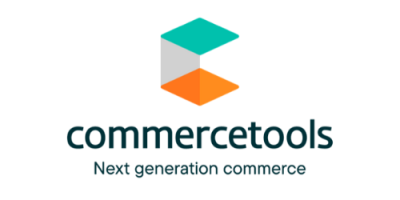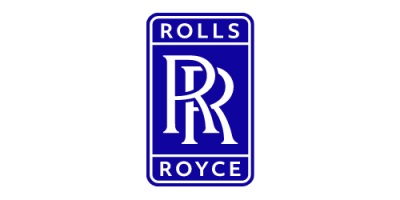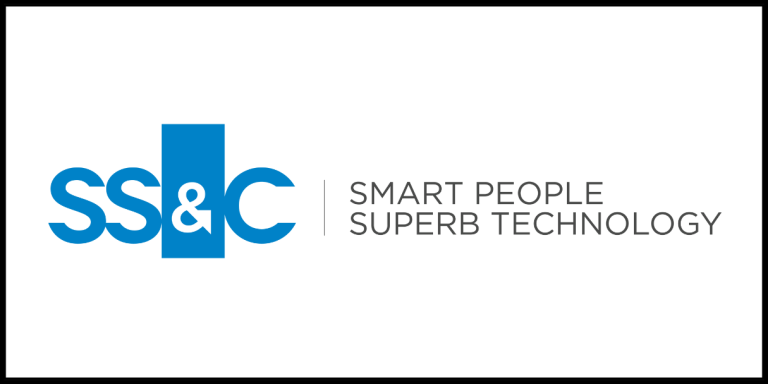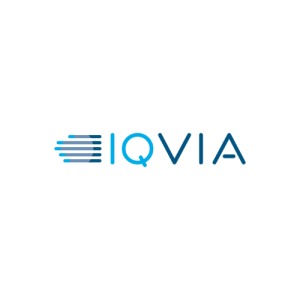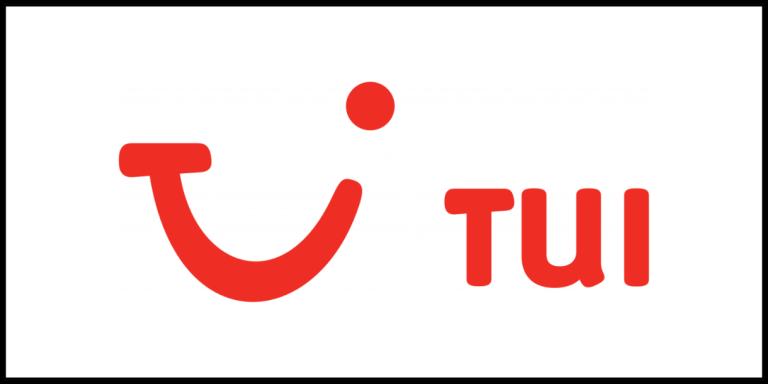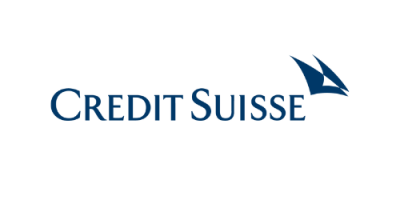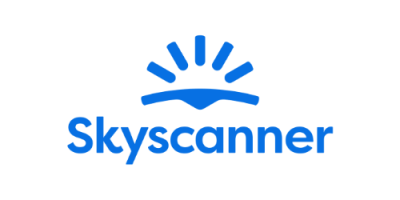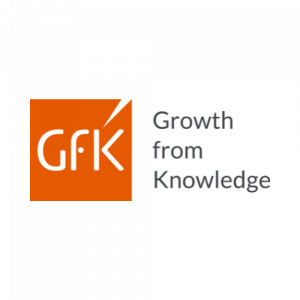Content Menu
The future is powered by LGBTQ+ icons in tech
I’m Miranda, a full stack software engineer and Code First Girls Ambassador. Over the past two years, I’ve had the privilege of encouraging women and non-binary people to see themselves as future tech leaders. As someone who is part of the LGBTQ+ community, I know how rare and powerful it can be to see yourself represented in this space.
The tech industry, for all its innovation, hasn’t always been the most inclusive when it comes to sexual orientation and gender identity. That’s why highlighting LGBTQ+ icons in tech matters. Their contributions are immense, their stories are inspiring, and their presence reminds us that tech thrives on diversity.
This post is both a celebration and a call to action. Honouring those who paved the way, while helping us imagine a more inclusive and innovative tech future.

Historical LGBTQ+ Icons in Tech
Alan Turing (1912 - 1954)
Widely recognised as the father of computer science (New Scientist, 2025), Alan Turing played a pivotal role in cracking the Nazi Enigma code during World War II, which helped shorten the war and saved millions of lives (Hodges, 2014). He also laid the theoretical foundation for modern computing and artificial intelligence (AP News, 2023).
Despite his brilliance, Turing was persecuted for being gay, which was a crime in 1950s Britain. He was chemically castrated by the government and died by suicide two years later (Leavitt, 2006). In 2013, he received a posthumous royal pardon (Ministry of Justice, 2013), and in 2019, his face was placed on the UK’s £50 note (Center for Networked Systems, 2019). Today, he stands as both a tech hero and a reminder of how far we’ve come, as well as how far we still have to go.
Lynn Conway (1938 - 2024)
A computer scientist, electrical engineer, and transgender pioneer, Lynn Conway made groundbreaking contributions to microprocessor architecture while at IBM. When she transitioned in the late 1960s, IBM fired her; a move she only publicly revealed decades later (AP News, 2024).
Conway didn’t just bounce back, she helped revolutionise chip design with her work on VLSI (Very Large Scale Integration), a process foundational to modern computers. Later in life, she became a vocal advocate for transgender rights in academia and industry, opening doors for others to live authentically while pursuing STEM careers.

Present LGBTQ+ Icons in Tech
Tim Cook
As CEO of Apple, Tim Cook is one of the most powerful people in tech and in 2014, he became the first Fortune 500 CEO to come out as gay. In his words:
“I’m proud to be gay, and I consider being gay among the greatest gifts God has given me.” (Cook, 2014).
Under Cook’s leadership, Apple has doubled down on privacy, accessibility, and inclusion. His public identity has inspired countless LGBTQ+ individuals in business and tech, showing that you don’t have to hide who you are to lead at the highest level.
Angelica Ross
A trans woman, tech founder, and activist, Angelica Ross is the creator of TransTech Social Enterprises, an organisation that helps transgender people learn coding and find employment in tech (TransTech Social Enterprises, 2025). As a self-taught programmer, Ross turned her own barriers into pathways for others through using tech as a tool of empowerment.
She also became one of the first trans women to star on major television shows (Pose, American Horror Story), proving that tech skills and creativity can intersect in powerful ways.
Arlan Hamilton
Founder of Backstage Capital, Arlan Hamilton is a Black lesbian venture capitalist investing in founders who are often overlooked: women, people of colour, and LGBTQ+ entrepreneurs. Her mission is to “back the underestimated”, and she’s raised millions to do just that (Forbes, 2024; Delaney, 2022).
In an industry where less than 1% of VC funding goes to Black women (digitalundivided, 2022), Hamilton’s presence is nothing short of revolutionary. She’s not just changing who gets funded, she’s changing who gets to dream.
ONLY 43% OF LGBTQ+ STUDENTS FEEL SAFE IN STEM CLASSES (GLSEN, 2019).
Why Representation in Tech Matters
Representation goes beyond a feel-good metric: it actively shapes the quality of innovation, the wellbeing of teams, and the usability of products.
Diverse teams are smarter teams
According to a study by Harvard Business Review (2013), companies with diverse leadership are 45% more likely to report growth in market share and 70% more likely to enter new markets. Diverse teams outperform because they bring different life experiences, perspectives, and approaches to problem-solving (Harvard Business Review, 2013).
Inclusion drives better design
When everyone is at the table, the technology we build is more accessible, ethical, and human. LGBTQ+ people often experience the world differently, especially in relation to privacy, identity, and safety. That lived experience can inform better, fairer systems.
Visibility changes culture
When LGBTQ+ individuals are visible and celebrated in tech, it normalises their presence, as well as making it easier for others to come out and contribute fully without fear. And when LGBTQ+ students or early-career coders see role models at the top, it fuels their drive to get there.
Actions We Can Take To Break Down Barriers
There’s no one-size-fits-all solution to making tech more inclusive. But small, intentional actions can add up to massive change.
✅ Advocate for inclusive policies in your company or organisation: gender-neutral toilets, pronoun sharing, comprehensive health coverage, and LGBTQ+ employee resource groups all make a real difference.
✅ Normalize pronouns in meetings, Slack bios, and email signatures. It signals respect and reduces assumptions.
✅ Support LGBTQ+ events and networks like Out in Tech, Lesbians Who Tech, and TransTech. These spaces provide visibility, mentorship, and resources for the community.
✅ Speak up when you see bias or exclusion. Whether it’s challenging a microaggression or calling out discriminatory hiring practices, allyship means action.
✅ Mentor or uplift someone from a marginalised identity in tech. You don’t have to be an expert; just being available, encouraging, and present can make a huge impact.
Inspiring the Next Generation of LGBTQ+ in Tech
Representation starts early. Only 43% of LGBTQ+ students feel safe in their STEM classes (GLSEN, 2019). Many leave tech not because they lack ability, but because they don’t feel they belong.
We can shift that by telling stories, sharing platforms, and being the role models we wished we had. When LGBTQ+ youth see people like themselves building apps, leading teams, or founding companies, they gain permission, as well as ambition.
Whether it’s a coding bootcamp, a hackathon, or a school visit, let’s make sure the next generation knows: your identity is an asset, not a limitation.
The Future of LGBTQ+ Leadership in Tech
What could the tech industry look like if LGBTQ+ people were represented everywhere, not just as coders, but as CTOs, startup founders, investors, policymakers?
The answer is: more innovative, more just, and more powerful.
As we design tomorrow’s technologies, from AI ethics to climate tech, we need LGBTQ+ perspectives at the helm. This means they’re not just included and tolerated, but centred and celebrated.
If we want to build a world where everyone thrives, we need to build a tech ecosystem that reflects everyone. That means continuing to “change the code”; not just in what we program, but in who we program for, hire, promote, and amplify.
Conclusion
The tech industry has always been shaped by those willing to challenge the status quo through pushing boundaries, rewriting systems, and imagining new futures. LGBTQ+ pioneers like Alan Turing, Lynn Conway, Tim Cook, Angelica Ross, and Arian Hamilton have not only advanced technology, but redefined what leadership, innovation, and resilience look like.
But representation is not just about visibility, it’s about equity, inclusion, and access. It’s about ensuring that the next generation of LGBTQ+ coders doesn’t have to choose between authenticity and opportunity. Progress happens when we bring diverse perspectives in from the periphery of the tech field, instead acknowledging their foundational role in its advancement.
Whether we’re founders, students, engineers, or allies, we each have a role in building a tech culture where LGBTQ+ voices are valued and empowered, as well as heard. Because changing the code isn’t just about what we build, it’s about who gets to build it.
